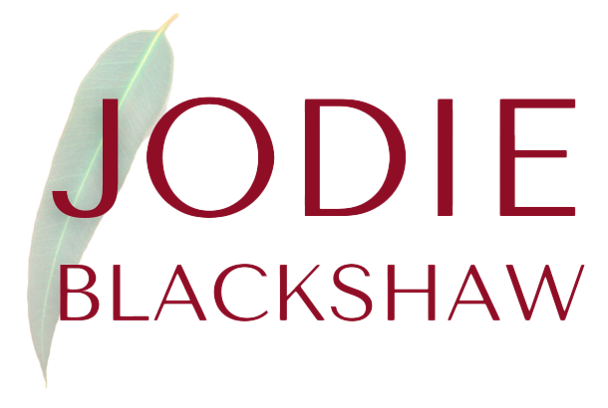Twist
audio begins automatically on page 2 - if the wheel spins, click/tap to play:
Twist, composed for wind orchestra, is inspired by the shape, spirit and history of Australia’s magnanimous waterway, the Murray River (the Wiradjuri people of the Albury-Wodonga region call the river ‘Millewa’). This work was commissioned by a consortium led by the Australian Band and Orchestra Directors Association Qld. The work is divided into 6 sections, each is subtitled:
-
This powerful opening was stimulated by the indigenous story of ‘Tiddalick the Frog’. There are assorted versions of this Dreamtime fable but essentially, it tells of a colossal, greedy amphibian who consumes the entire river without any thought for the inhabitants of his bionetwork. This forthright, almost violent introduction to your journey along the river is driven by bass and percussion; it seeks to paint Tiddalick’s volatile movements whilst he selfishly gorges on the region’s lifeblood.
-
Speaks of the majestic beauty the river displays at dawn and dusk. At times, the water is so very calm a perfect mirror image of the surrounding landscape is reflected on the water’s surface, bringing a sensation of inner peace to any spirit who is fortunate enough to experience such splendour. The elegance of the Vibraphone pitted against a meandering Flute solo and unpredictable bass line reflects the stillness of the river but the hidden undercurrents that lurk just beneath the surface.
-
reveals the arrival of European settlers and the introduction of paddle boats in the mid-1800s. These steam-powered beasts enabled essential supplies to be delivered to farmers working the land in arid, remote regions. The magnificence of the towering cliffs must have be an awesome sight to newcomers navigating this often treacherous waterway. These discoveries inspire a chorus of brass rising above busy, interlocking woodwinds and pulsating percussion, transforming into a glittering, joyous melody that echoes the enthusiasm and spirit of the paddle boats themselves. Just as dawn is announced by a chorus of Kookaburras, so to is this movement but instead of a recording, the call of these idiosyncratic Australian birds is emulated here by the Trumpet section using various playing techniques and plunger mutes.
-
Following the paddleboats is a bush soundscape, painting the timbral colours experienced at the campfire at dusk. This is usurped by a sleazy latenight Tango featuring at first the Soprano, then Baritone Saxophone. The river is as deceiving as it is beautiful. Whilst the calm and innocent surface has lured many into the Murray’s embrace, precarious snags, unseen creatures and treacherous undercurrents present many hazards. Even with experience the Murray still makes those in love with her unable to resist her temptations.
-
is the Italian term for carnival or festival and is used here to capture the profound influence of Mediterranean culture in the South West regions of New South Wales. In the late 1940s and early 1950s hundreds of Italian people migrated to Australia and thanks to the development of the Murrumbidgee Irrigation Area and many years of strenuous labour, they helped to transform otherwise unworkable land into thriving viticultural regions. Whilst many despise the changes that man has brought to the Murray and her surrounding landscape, no-one can deny that these one-time immigrants, now the Great-Grandfathers and Mothers of second and third generation Australians, have promoted positive change in Australia. The melodic material used in this section is inspired by the Italian folk dance the ‘Tarantella’ and is simply bursting with energy and joy.
-
Through all of these twists and turns the piece comes back to where we started using material from ‘Survival’. Not only does this implicate the lifecycle of the eco system, it also hopes to challenge all listeners to consider this; how do we successfully sustain of our beloved Murray River? As now it not only affects the natural inhabitants, it encompasses all who prosper from her bounty, and that means you.
